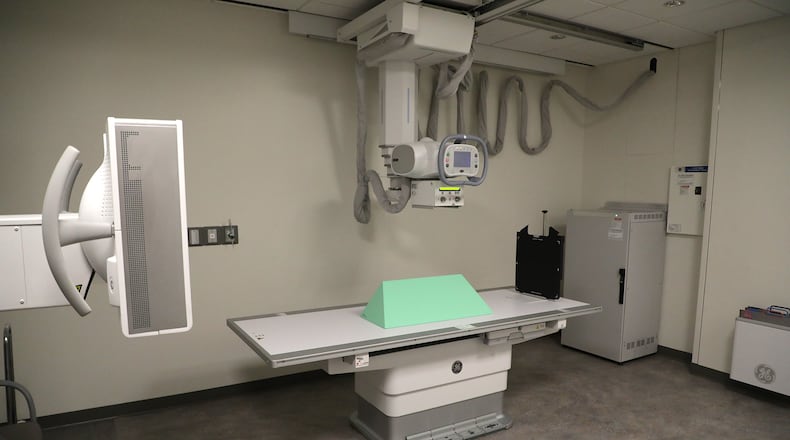On average, workers this year are paying just under $6,000 toward the cost of family coverage, with their employers covering the rest.
“In a year when the pandemic continued to cause health and economic disruption, there were only modest changes in the cost of employer-provided health benefits,” said Gary Claxton, a Kaiser Family Foundation senior vice president. “Some employers adapted their plans to address mental health and other challenges facing their workers due to COVID-19.”
The annual change in premiums from 2020 to 2021 is in the same ballpark as the year-to-year rise in workers’ wages (5%) and inflation (1.9%), though what workers and employers pay toward premiums over time has risen more quickly, according to the report.
When looking over the last decade, however, average family premiums have increased 47%, which is more than wages (31%) or inflation (19%).
Scott McGohan, CEO of local benefits brokerage McGohan Brabender, said premiums in the region appear to be going up about 5% to 6% for 2022.
Premiums change based largely on how much the insurance plan had to pay out in claims in recent years. McGohan said cost increases reflect many different factors, including that the population is getting older and older people tend to use their insurance more because they need more health care.
He said another factor is more advancements in expensive technology and more utilization.
“We’ve seen a significant rise in specialty medications for a just a lot of different treatments,” McGohan said.
A rise in health care costs means a rise in one of the major expenses for most employers.
“For most organizations, especially in the service industry, their No. 1 expense is either materials or payroll, and then the third largest expense most likely is health care,” McGohan said.
Health care premiums reflect the price businesses charge for health care services, said Loren Anthes, with the Center for Community Solutions, who has researched Ohio health prices.
“Does the average cost of premiums reflect very real issues of increased costs because of drugs, or technology, or utilization? Of course it does. But it more accurately reflects the imperative of these businesses to make money and does not have a relationship to cost,” Anthes said.
The burden posed by deductibles has climbed over the last decade. The average single deductible was $1,669 for workers who have one, essentially flat compared to the year before, but up from $991 in 2011.
Just under half of Americans rely on their job for their insurance. The survey was of nearly 1,700 small and large employers and published in the journal Health Affairs.
Many companies changed what benefits they offer in response to the COVID-19 pandemic.
- 39% changed their mental health and substance abuse coverage;
- 55% changed their wellness programs;
- 65% changed their telemedicine coverage.
Claxton and co-author Matthew Rae wrote that these types of changes “made sense not because employers want to spend more, but because employers want their employees to see their health benefit programs as ‘benefits’ and to value them as such.”
About the Author

